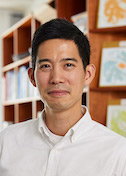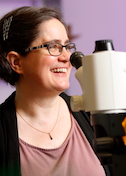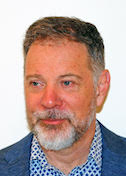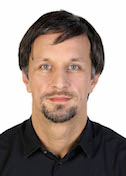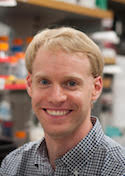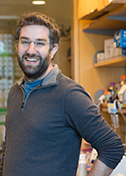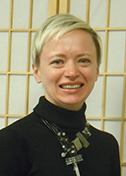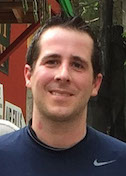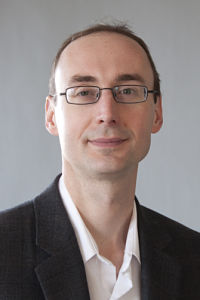Creative Copy Cat
Pamela Bjorkman
California Institute of Technology
Published April 25, 2012
For several years now, the lab of structural biologist Pamela Bjorkman, Max Delbrück Professor of Biology at California Institute of Technology, has been trying to find a new way to stop HIV with antibodies that prevent the virus from infecting a cell.
Normally, the body forms antibodies on its own. But in the case of HIV, which mutates rapidly and has few handholds for antibodies to grab onto, scientists have had trouble uncovering natural antibodies. Only recently have the numbers of natural neutralizing HIV antibodies been significant enough to enable researchers to compare them with one another. Bjorkman's work starts there. She uses structural biology to look at these antibodies and then she uses what she’s learned from structures to design better ones.
In a recent study, published in Science in December 2011, Bjorkman's team used X-ray crystallography to look at how a set of natural antibodies bind an HIV spike protein called gp120. The antibodies selected had shown high potency and breadth and also were between 85 and 96 percent identical in sequence. This similarity allowed the researchers to tease out which unique features of the structures make each antibody work well. "Ron Diskin, the first author, is very good at this," says Bjorkman. "He's just staring at these structures and figuring out what should be where."
Using this method, Bjorkman and her colleagues have designed a new antibody that introduces a single amino acid change to a natural HIV antibody. The changed antibody maintained its breadth and improved its potency an average of 10-fold. "When we compared the original to our mutant, there wasn't a single HIV strain that the mutant was worse against," says Bjorkman. "It was always better."
At worst, the mutant was 2 times better. At best, 2000. Such increased potency means the designer antibody could be used therapeutically at much lower concentrations. "That's an enormous practical difference in terms of whether this is realistic for therapies or prophylaxis," says Bjorkman, who is now working to include this antibody in clinical trials. In addition, she has another unpublished designer antibody with two amino acid changes that is even better than her first.
At CalTech, Bjorkman' work is supported by a facility called the "Molecular Observatory," which hosts crystallization robots and helps support the CalTech beamline at the Stanford Synchrotron Radiation Lightsource. In addition, she relies on SBGrid, something that she didn’t have back when she worked as a graduate student at Harvard Medical School, training with the late Don Wiley. "Nothing was automated then," she laughs. "We grad students spent most of our time writing conversion codes to get files from one program to another."
One data gathering technique Bjorkman is experimenting with (using SBGrid software including ATSAS) is small angle X-ray scattering, in which the protein is in solution rather than in a crystal. "You can't get an atomic resolution 3D structure," she says. "But you can learn things about shape and radius of gyration and behavior in solution."
Story: Elizabeth Dougherty Image: Micheline Pelletier / Gamma







